What is QD-OLED? The hybrid OLED TV tech explained
We take a look at QD-OLED, a new(ish) display tech for high-end TVs
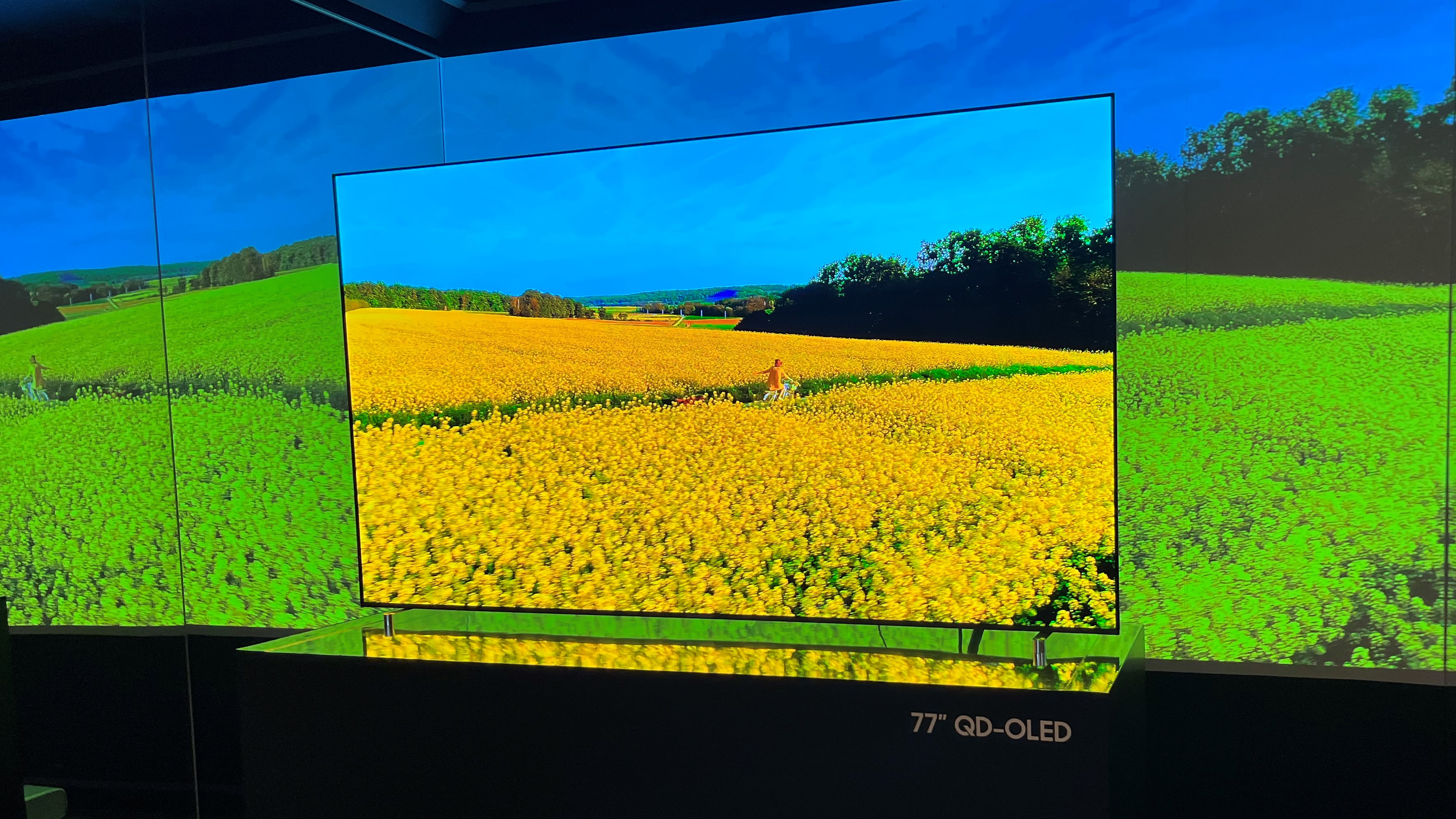
TV and display tech has evolved rapidly in recent years, with manufacturers continuously improving brightness, contrast, and colour accuracy. From LCD and OLED to QLED, each advancement brings us closer to lifelike picture quality.
Now, a new contender has emerged: QD-OLED, a display type that combines OLED’s deep blacks with quantum dot technology's vibrant colours and brightness.
But how does it work, and is it truly a game-changer?
QD-OLED, or quantum dot organic light-emitting diode (a mouthful, we know), enhances traditional OLED by using a self-emissive blue OLED light source with a quantum dot layer to generate red and green colours, aiming to improve brightness, colour purity, and efficiency over conventional OLED.
But does QD-OLED justify its premium price? How does it compare to OLED and QLED in real-world use? And is it an innovation worth investing in? We're looking at all of those questions and more to help you find the best TV in 2025.
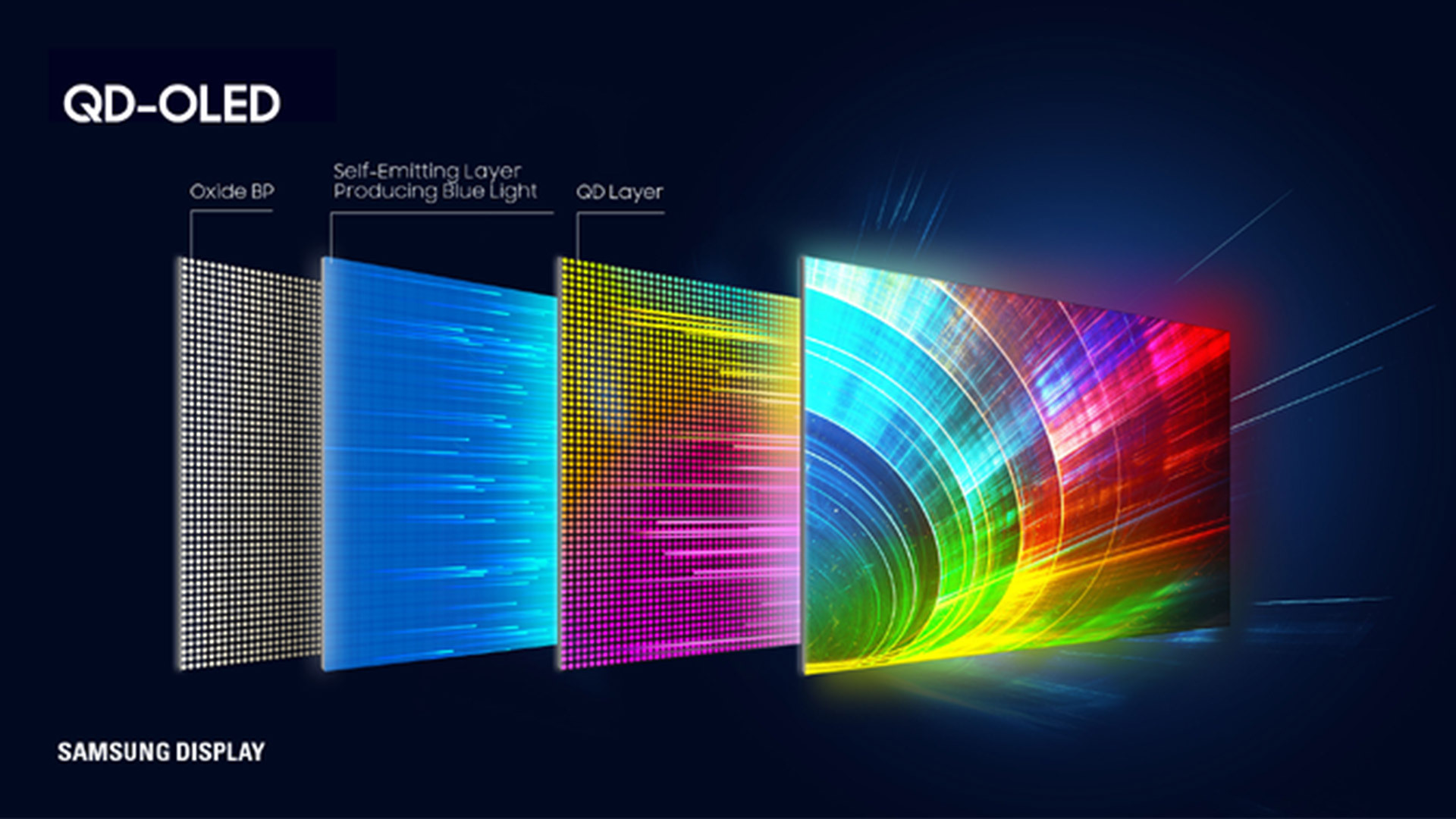
What is QD-OLED? The basics
On the most basic level, QD-OLED – or quantum dot organic light-emitting diode – is a TV display tech that merges the best aspects of OLED and quantum dot LED (QLED) displays.
OLED screens use organic compounds that emit light when an electric current passes through them, allowing for self-emissive pixels that produce perfect blacks and high contrast. However, conventional OLEDs rely on a white OLED layer combined with colour filters to create red, green, and blue subpixels (and therefore images), and those filters can reduce brightness and colour efficiency.
Get daily insight, inspiration and deals in your inbox
Sign up for breaking news, reviews, opinion, top tech deals, and more.
QD-OLED takes a different approach by using a blue OLED light source with a quantum dot layer.
Quantum dots are microscopic semiconductor particles that emit highly pure colours when exposed to light. In a QD-OLED display, the blue OLED layer generates light, and the quantum dots selectively convert portions of this blue light into red and green, eliminating the need for colour filters and improving performance.
Because this process is more efficient than using colour filters, QD-OLED panels can reach higher brightness levels while maintaining excellent colour accuracy. The result is a display that combines OLED’s deep blacks and infinite contrast with quantum dots' enhanced brightness and wider colour gamut.
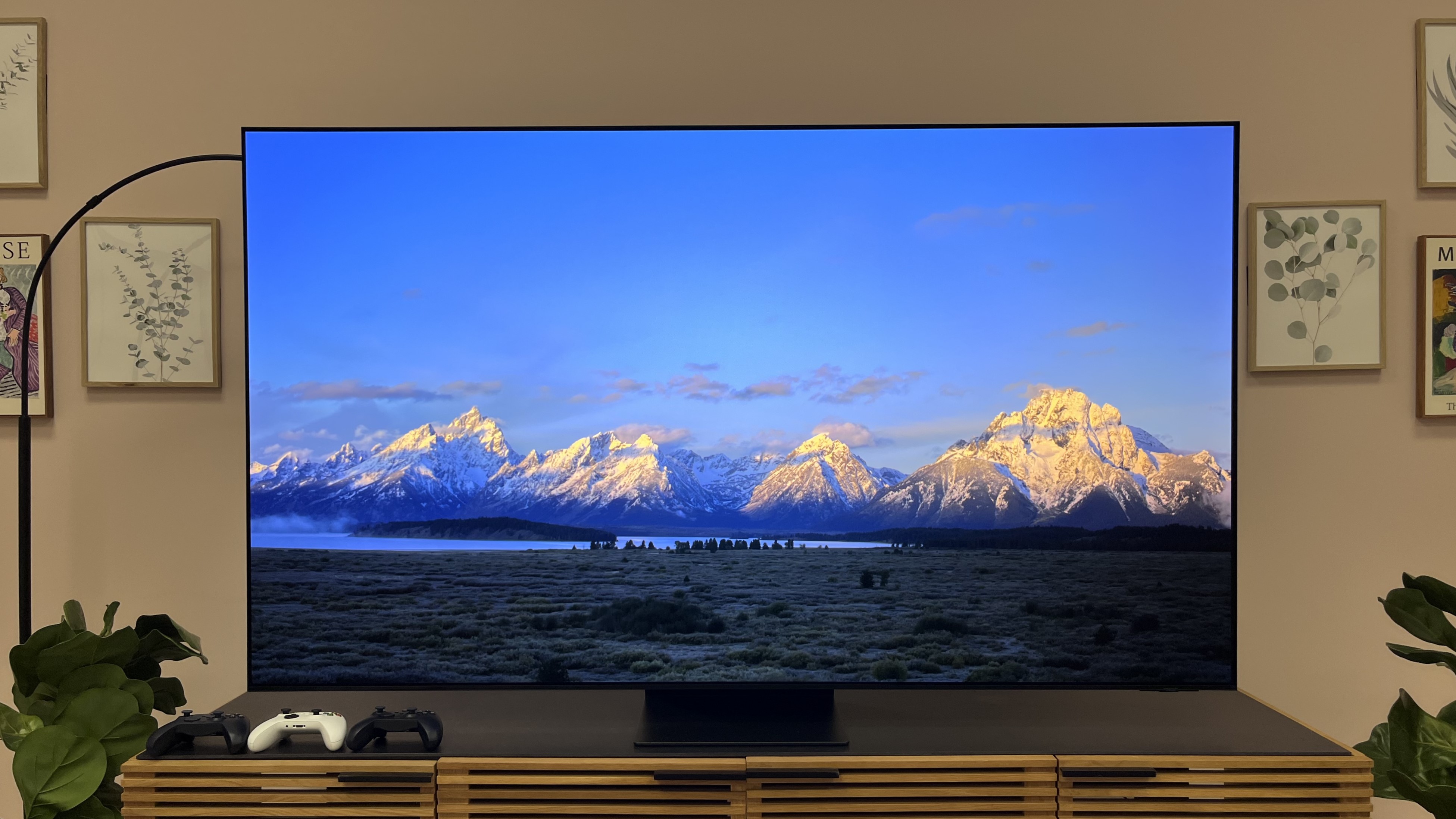
QD-OLED: The pros and cons
QD-OLED introduces key improvements over OLED and QLED displays – the dominant variants in most mid- and high-end TVs – enhancing brightness, colour accuracy, and viewing angles. However, as with any emerging tech, there are some drawbacks.
A major advantage of QD-OLED is its improved colour performance. By using a blue OLED light source and a quantum dot layer for red and green, QD-OLED produces purer primary colours for a more lifelike image.
Brightness and contrast are also superior to conventional OLEDs. Quantum dots are more efficient than colour filters, letting QD-OLED panels reach higher peak brightness while maintaining deep blacks, making them ideal for HDR content.
As if that wasn't enough, QD-OLED also offers wider viewing angles and better energy efficiency.
Unlike LED-based displays that suffer from colour shifts at an angle, QD-OLED maintains consistent image quality across a broad range. Additionally, removing colour filters reduces power consumption, making QD-OLED more efficient than traditional OLEDs.
Despite its strengths, QD-OLED is expensive. As a new tech, manufacturing costs are high right now, keeping QD-OLED TVs and monitors at premium price points. Prices should drop over time, but for now, they are likely to remain a limiting factor for most buyers.
Like all OLED-based displays, QD-OLED is still prone to burn-in. While advancements in panel longevity and pixel-shifting techniques reduce risk, prolonged display of static images can lead to image retention, making it less ideal for certain use cases like gaming, so keep that in mind.
Finally, availability is a concern. Right now only Samsung Display currently produces QD-OLED panels for TVs, which is why prices for TVs that use the tech are high compared to conventional OLED and QLED displays. As adoption grows, prices will drop, but for now, QD-OLED remains a niche option in the high-end display market.
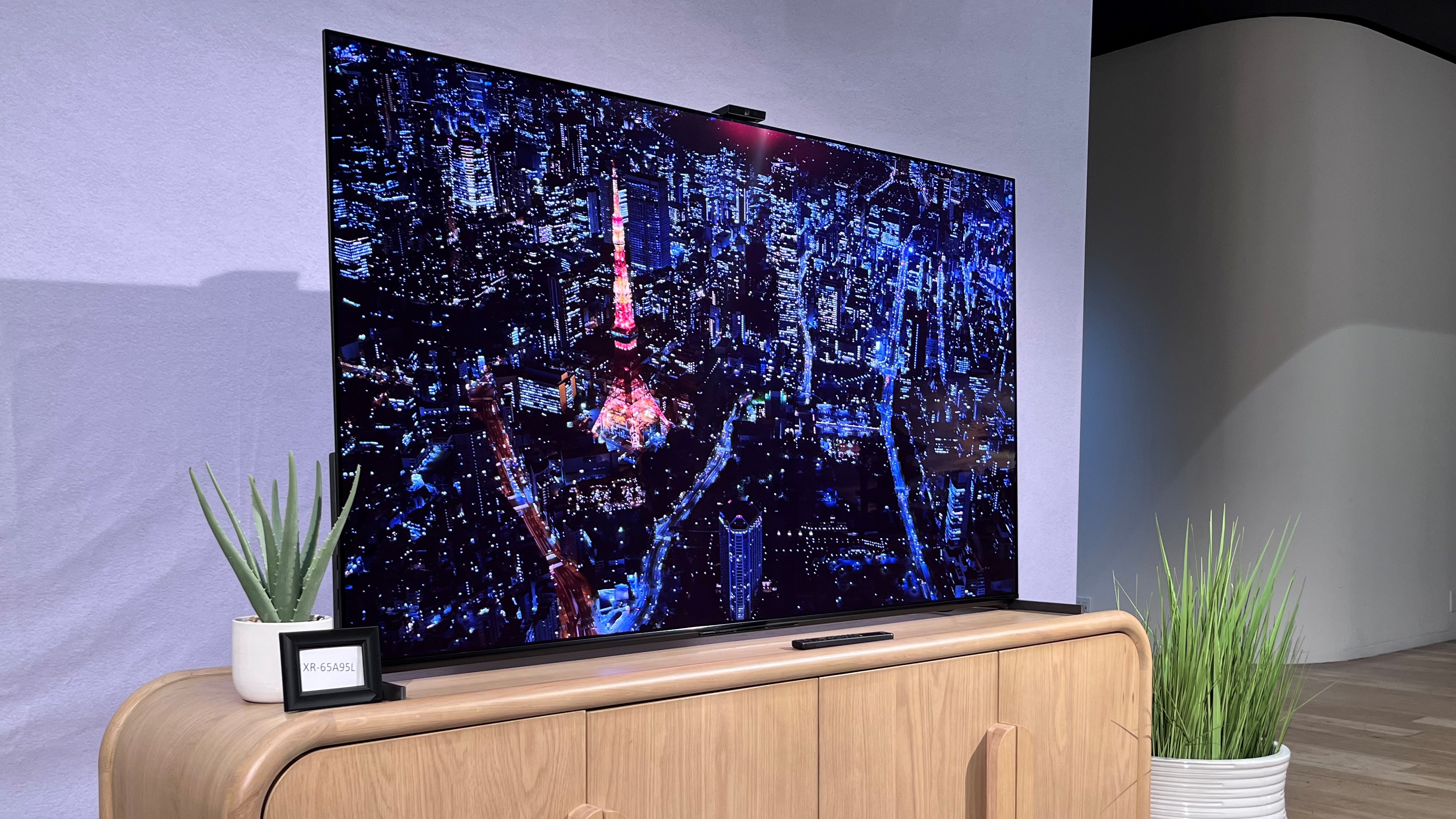
QD-OLED vs. OLED and QLED: What are the differences?
Broadly speaking, QD-OLED sits somewhere between OLED and QLED, offering a combination of their best traits.
Compared to standard OLED, QD-OLED delivers higher brightness and better colour accuracy. Traditional OLEDs still offer excellent contrast and deep blacks, but except for high-end models such as the LG G4 that use brightness-boosting MLA (Micro Lens Array) tech, brightness is comparatively limited.
QD-OLED overcomes these limitations while retaining the self-emissive properties that make OLED displays superior to LED-based panels.
When compared to QLED, the biggest difference is that QD-OLED is self-emissive, meaning each pixel generates its own light, while QLED relies on an LED backlight, giving QD-OLED an edge in black levels, viewing angles, and overall picture uniformity.
However, QLED displays, especially those using mini-LED backlighting, can still achieve higher peak brightness and may be more affordable. Ultimately, QD-OLED offers a balance between OLED’s contrast and QLED’s brightness, making it an appealing choice for premium display buyers.
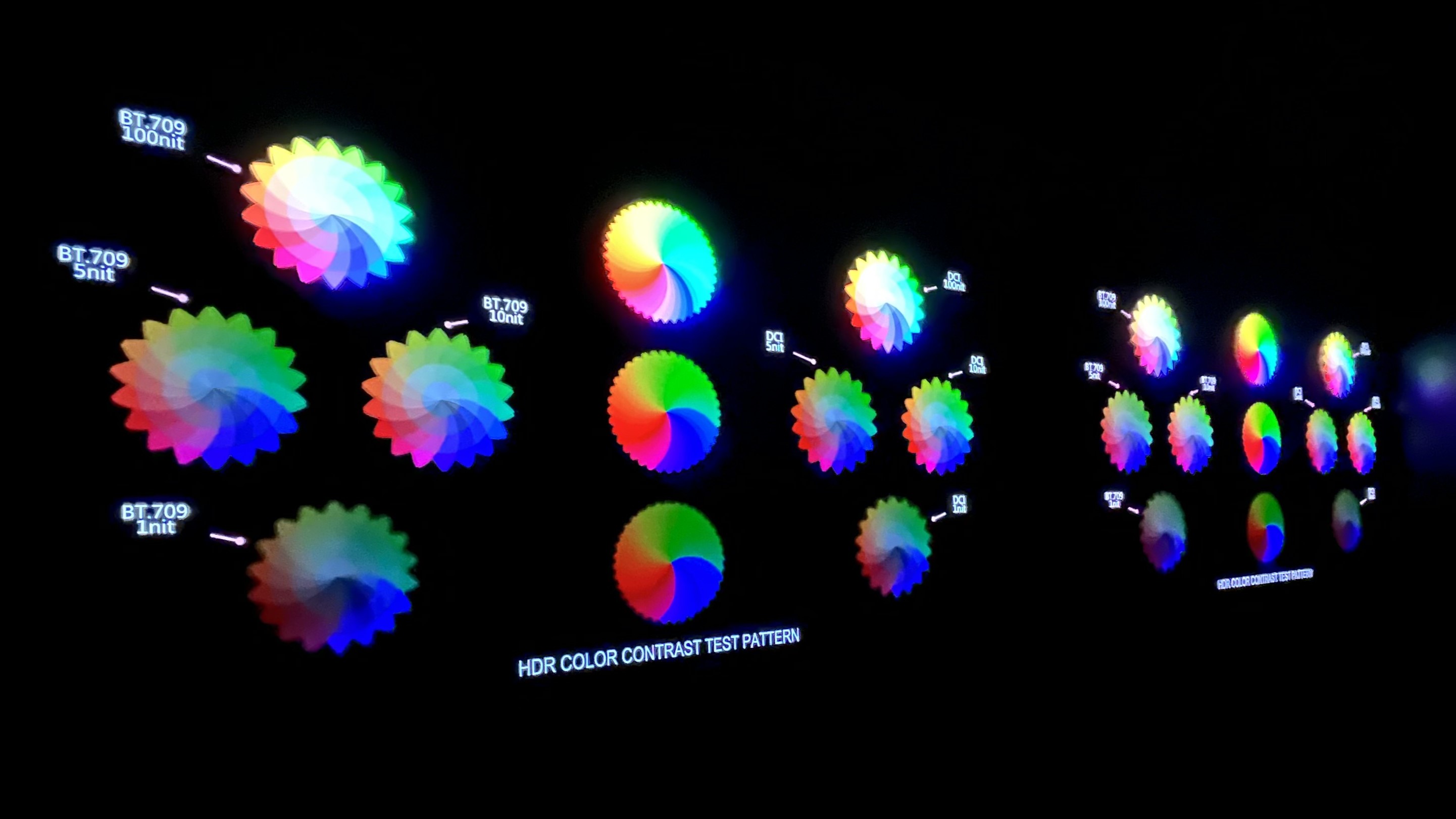
Should I buy a QD-OLED TV now?
We're glad you asked! The answer is: maybe.
QD-OLED is still new, but major brands like Samsung, Sony, and Dell Alienware have adopted it.
Samsung’s S95 series models like the Samsung S95D and Sony’s A95 models showcase its strengths, while Dell Alienware offers QD-OLED gaming monitors. These displays deliver excellent picture quality but remain high-end, limiting mainstream adoption.
A key challenge is pricing.
The complex manufacturing process makes QD-OLED displays more expensive than standard OLED or QLED, and while costs may drop as production scales up, affordability remains a barrier. For now, QD-OLED is positioned as a premium option rather than a mainstream choice.
Despite this, its future looks promising. Ongoing improvements in panel efficiency and durability could address burn-in concerns and enhance longevity. If more manufacturers, such as LG or TCL, enter the market, increased competition could drive down prices and improve availability.
QD-OLED has the potential to reshape display technology by combining OLED’s contrast with QLED’s brightness at a more competitive price. While currently limited to premium models, advancements in production could make it a standard for high-performance displays in the years ahead.
You might also like...
- Samsung says all sizes of the S95F OLED TV will hit 4,000 nits of brightness
- Cheaper QD-OLED TVs could be on the cards at last as Samsung eyes new tech
- The best OLED TVs for all budgets, as reviewed by our experts
Max Slater-Robins has been writing about technology for nearly a decade at various outlets, covering the rise of the technology giants, trends in enterprise and SaaS companies, and much more besides. Originally from Suffolk, he currently lives in London and likes a good night out and walks in the countryside.
You must confirm your public display name before commenting
Please logout and then login again, you will then be prompted to enter your display name.